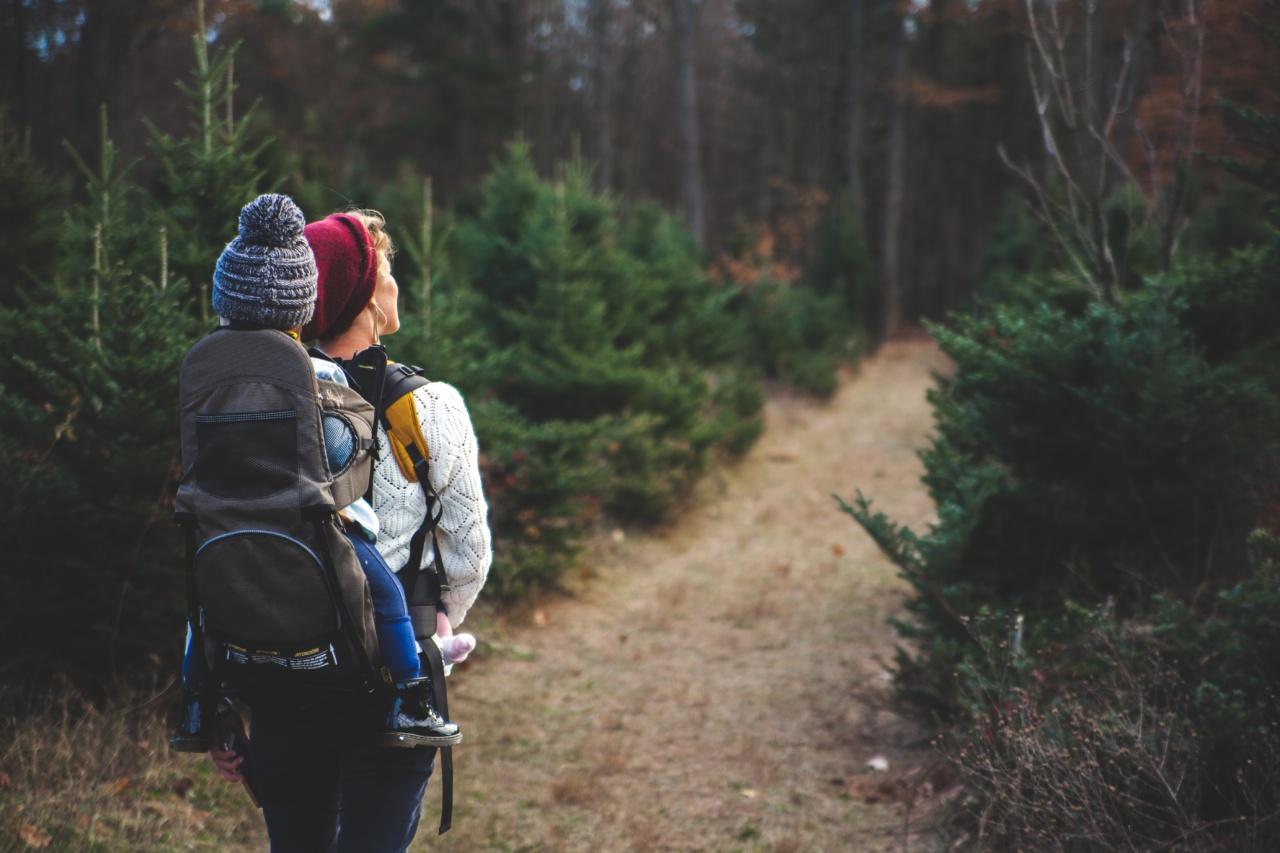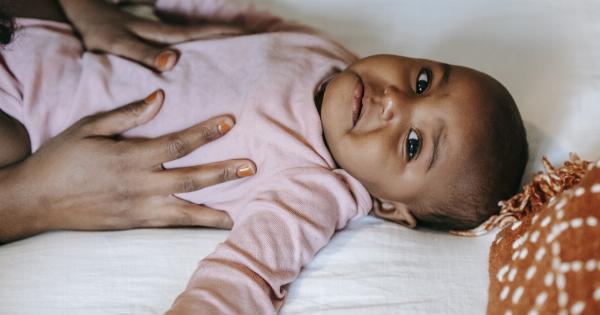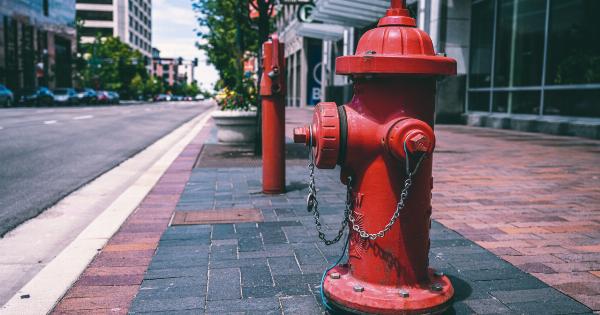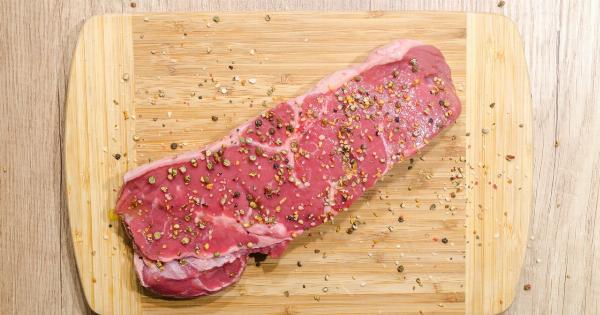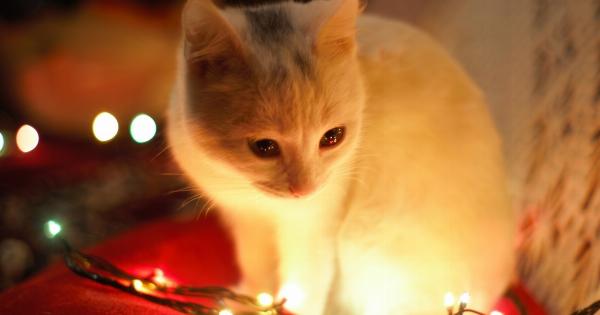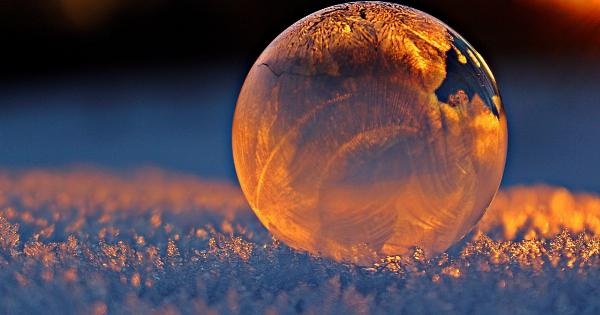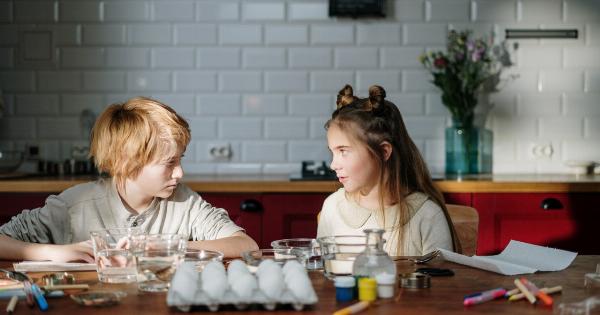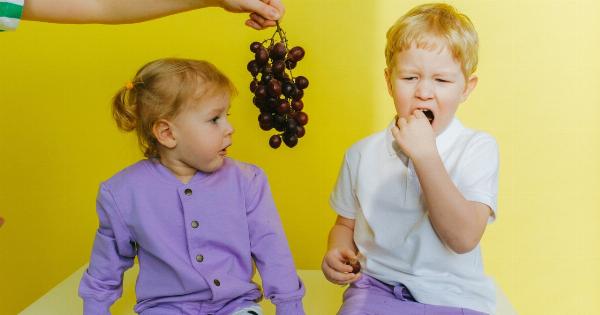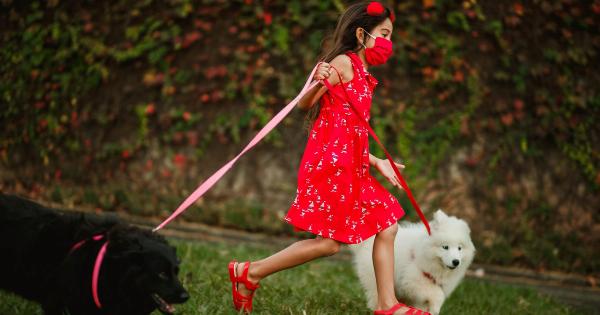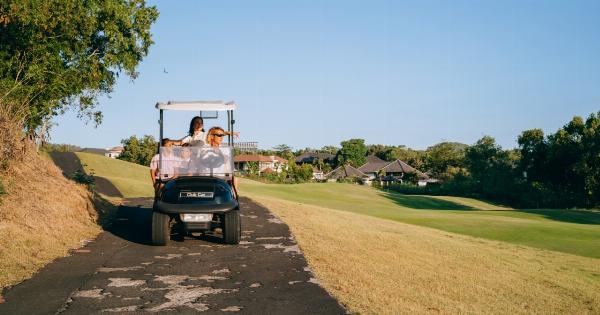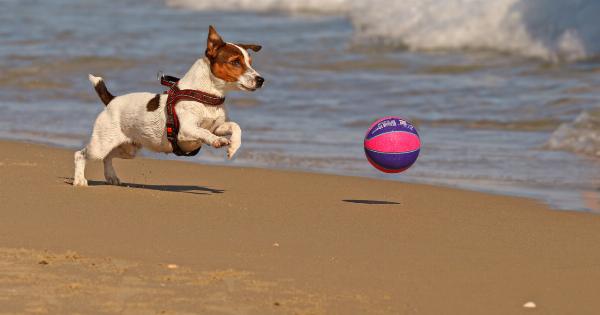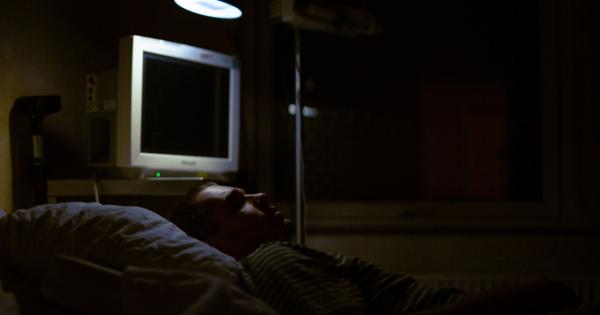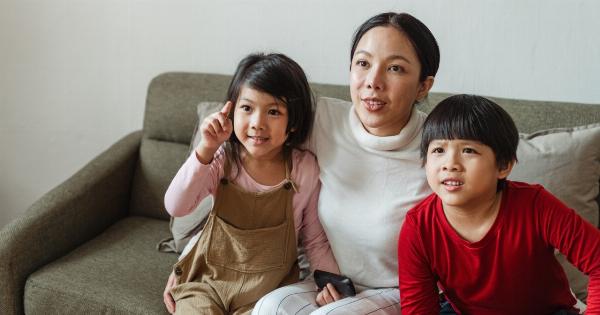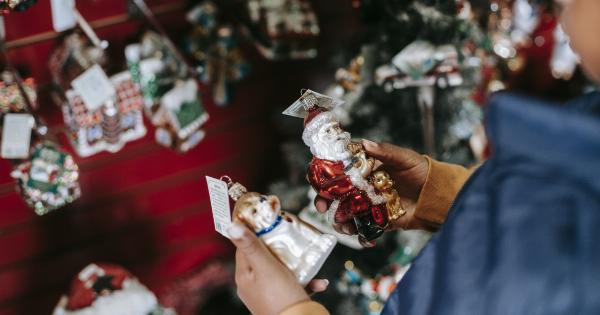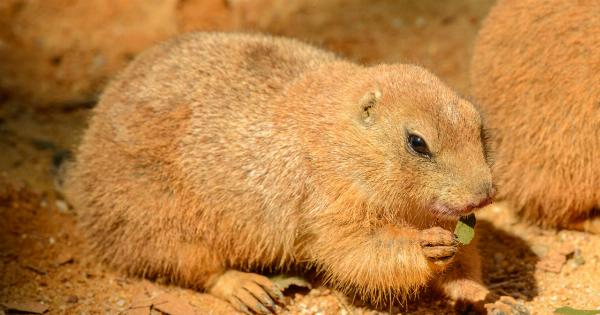As parents, ensuring the safety and wellbeing of our babies is our top priority. We meticulously baby-proof our homes, invest in the best baby gear, and constantly keep a watchful eye on our little ones.
However, it is crucial to be aware of the possible risks that our baby’s actions can present, even in the most seemingly safe environments.
Choking Hazards
Babies have a natural inclination to explore their surroundings by putting objects into their mouths. This curiosity, while normal, can lead to choking hazards. Small toys, household items, and even food items pose a risk of obstructing their airways.
As parents, it is vital to be vigilant and regularly inspect their surroundings to remove any potential choking hazards.
Drowning Incidents
Babies are naturally attracted to bodies of water, such as bathtubs, pools, and even buckets filled with water. The danger of drowning is a real threat, and it can happen within seconds.
Always supervise your baby during bath time, never leave them unattended near water, and ensure all containers are emptied and stored upside down when not in use to avoid accidental drowning incidents.
Falls and Injuries
As babies grow and develop, they become more mobile and curious, leading them to explore their surroundings by crawling, standing, or attempting to walk. Falls from furniture, stairs, cribs, or even high chairs can result in serious injuries.
It is crucial to install safety gates, secure furniture to walls, and always keep a watchful eye over your baby to prevent falls and ensure their safety.
Burns and Scalds
Babies are naturally curious about the world around them, including hot objects, such as stoves, radiators, and electrical appliances. Burns and scalds can occur if the baby touches hot surfaces, spills hot liquids, or reaches for dangling cords.
Keep hot objects out of their reach, use stove guards, and store liquids in baby-proof containers to prevent burn incidents.
Poisoning
Babies are notorious for putting things in their mouths, and this includes potential poisonous substances. Household cleaning products, medications, plants, and certain foods can be toxic to babies if ingested.
Always keep these items securely locked away or out of reach, use child-resistant locks on cabinets, and never leave any potentially harmful substances within easy access.
Electrical Accidents
Electrical outlets, appliances, and cords pose a significant risk to babies who are naturally drawn to inspect them or might inadvertently play with them.
Electrocution or electrical burns can occur if a baby ends up inserting objects into electrical outlets or pulling on cords. Cover all outlets with child-proof protectors and keep cords hidden or secured to prevent electrical accidents.
Suffocation and Strangulation Hazards
Soft bedding, loose blankets, and crib accessories can pose a suffocation or strangulation hazard to infants.
Always ensure that the crib meets safety guidelines, use a firm mattress with a fitted sheet, and avoid using pillows, stuffed animals, or excessive bedding. Safety-approved sleepwear is also crucial to prevent accidental suffocation.
Car Safety
Car accidents are a leading cause of injury and mortality for babies. Always use a properly installed rear-facing car seat appropriate for your baby’s age and weight.
Ensure the car seat is secured tightly, and never leave your baby unattended in a vehicle.
Pet Safety
If you have pets at home, it is essential to introduce and monitor interactions between your baby and the animals. Even the friendliest pets can exhibit unpredictable behavior towards infants.
Never leave your baby alone with pets, regardless of how well-behaved or familiar they may seem.
Conclusion
Understanding and being aware of the possible risks of your baby’s actions is crucial for ensuring their safety.
By actively maintaining a safe environment, constant supervision, and implementing preventive measures, parents can greatly reduce the chances of accidents and protect their baby from harm. Stay vigilant and informed, as your baby’s wellbeing is of utmost importance.
